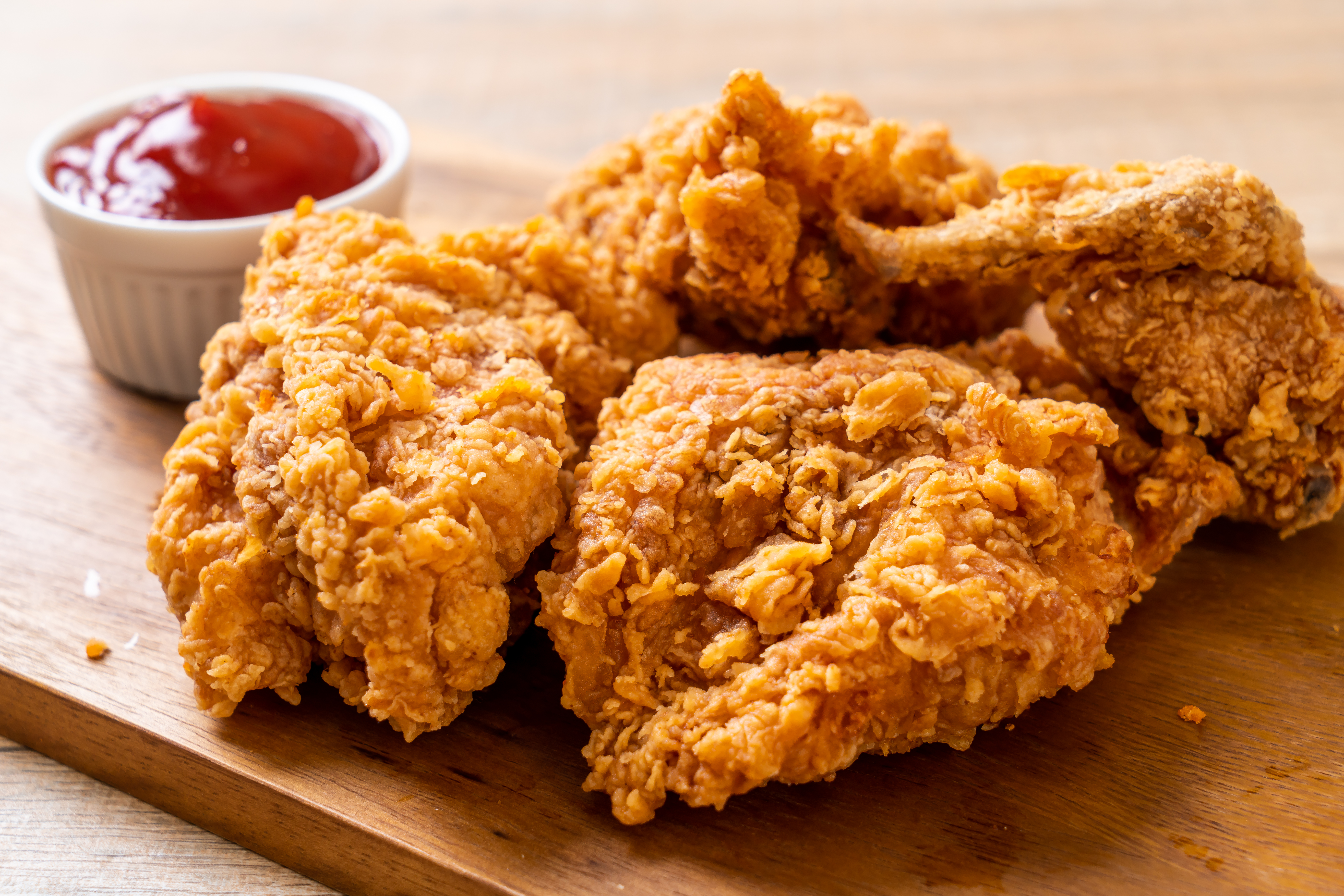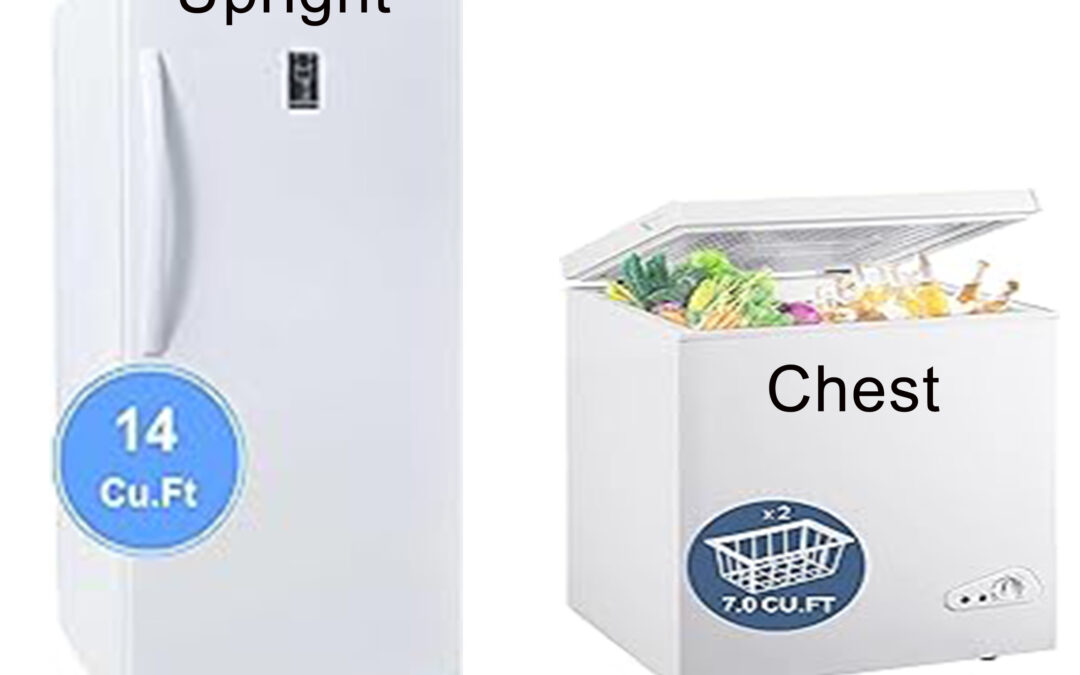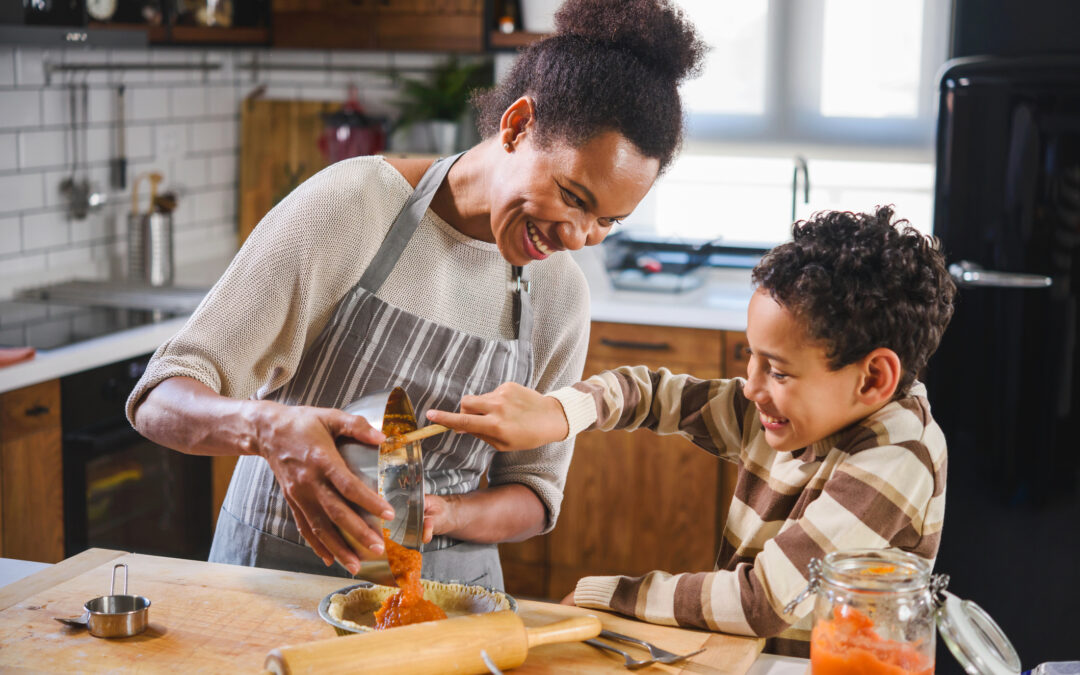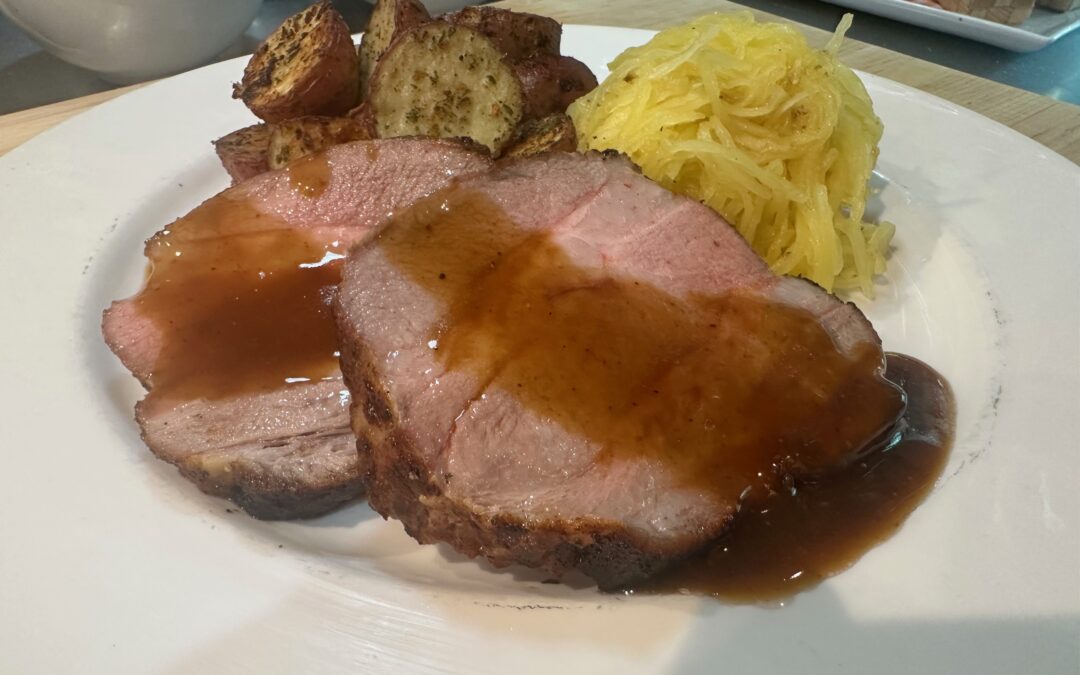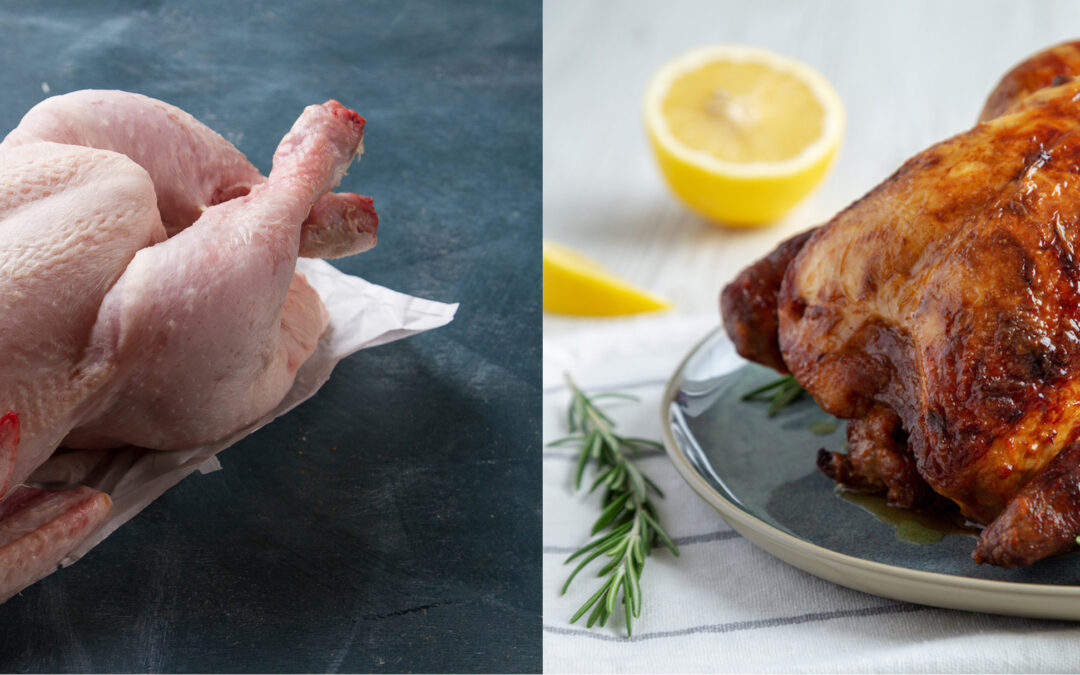You don’t have to be a “Colonel”, a “Sailor”, visit a “shack” or know some “Chick” to enjoy some of the most delicious fried chicken you’ve ever laid your lips on.
Best of all, once you have all the basic ingredients and the “inside” tips, you also won’t have to wait in a long lines, pay a small fortune, or even leave your kitchen to enjoy it.
Wouldn’t that be a “delight”…
Come on, secrets you say?
It IS after all, just fried chicken right?
Yes, and no.
Yes, of course it is chicken.
But it’s what you do with that great Cattleman’s chicken, once you bring it home, that makes ALL the difference.
There are 6 important differences between deep-fried chicken, and REALLY good Southern fried chicken.
These are the difference makers:
- Adding moisture, flavor and tenderness by brining it first.
- Have a recipe for a GREAT seasoned flour.
- Flour it twice (We’ll explain…)
- Pan-fry in a shallow skillet versus total immersion in a deep fat fryer.
- Fry it low and slow (We’ll explain that too)
- After frying, let it rest on a wire rack
Ok, let’s get right to it.
Difference # 1, brining or buttermilk
We’ve covered this a bit in a Blog right here on our website entitled: Are Your Grilled Chicken Breasts Dry, Tough. Lack Flavor? We Have Your “Solution”.
You can use the recipe we have there too.
There are also pre-packaged brines you can buy. All you have to do, is add water.
Bottom line, the more hydration and flavor that you can add to your chicken before flouring, the better your final cooked results will be.
ALL the best fried chicken places brine their chicken for a VERY good reason, and you should too.
It’s easy and cheap. You’ve just got to pre-plan enough time ahead for it to so its magic.
You should brine your chicken for a minimum of 1 hour, even better if for many hours, or, overnight.
Your second option for brining (and it does the SAME thing with a bit less bother) is to use a quality buttermilk.
So, you ask, why don’t the chicken places use buttermilk?
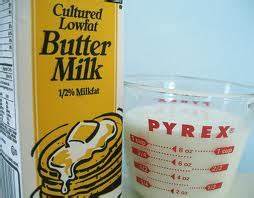
Because buttermilk, while terrific, is more expensive. The BIG chicken place can’t really afford to use such an expensive ingredient. Even though it produces an exceptional result.
Having said that, many of their brines imitate it.
Whichever you choose, we recommend this additional tip to get more of that delicious seasoned flour stick to your chicken before frying.
After your chicken is finished brining, for every cup of brine or buttermilk, whisk in 1 extra-large egg then place your chicken back in this mixture for a moment, or two, before flouring.
Difference # 2, use a good, seasoned flour.
Again, there are some seasoned flours on the market and you might like one of them, you can ALSO make you own and adjust the seasonings to make it ALL your own.
Here is one that we think you’ll really enjoy. You can make it in a larger batch if you like, then store the extra in your pantry.
3 cups *All Purpose Flour (see note below)
1 cup Cornstarch
1 tablespoon Fine Salt
1 teaspoon Dry Thyme
2 teaspoons Rubbed Sage
1 teaspoon Crushed Oregano
1 teaspoon Celery Salt
½ tablespoon Ground Black Pepper
2 tablespoons Dry Mustard Powder
2 tablespoons Chili Powder
2 tablespoons Granulated Garlic
½ teaspoon Ground Rosemary
½ teaspoon Ground Coriander
1 tablespoon Ground White Pepper
NOTE: *Regarding the flour, you can experiment by using “self-rising” flour, which is flour that has a leavening agent (baking powder) added.
It will make your fried chicken crust a bit “puffier” and lighter.
You may or may not prefer it that way but it’s an option.
Difference # 3, flour it twice.
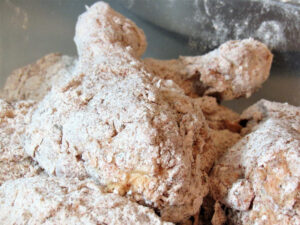
Close up shot of raw chicken drumsticks, floured and battered
Once you remove your chicken from its egg fortified brine or buttermilk, shake off the excess and generously roll it in your seasoned flour. Set each piece aside to let the moisture of the brined chicken bond with the flour.
You should let it rest at least 30 minutes.
Then, re-flour it just before placing each piece in your hot oil.
The results will be a better coating outcome. It will be a bit thicker, crunchier and maximize its flavor.
Difference # 4, use a shallow skillet.
Traditionally, Southern fried chicken is pan-fried in a skillet, often a cast iron skillet, which helps to maintain a constant cooking temperature due to its thickness.
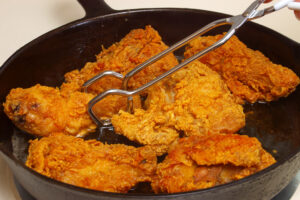
Closeup view of fried chicken frying in a cast-iron frying pan
Filling the skillet 1/3 of the way with oil, is typically about the right amount. The oil will then nearly cover the chicken when it’s added to the skillet.
What kind of oil? Purists might say lard but more common choices are: Canola, Vegetable or Peanut.
Difference # 5, fry lower and slower.
Many people make the mistake of frying their chicken at too high a temperature.
They use a temperature of 350 F to 375 F and fry until the chicken is quite browned.
Unfortunately, the chicken is quite often not completely cooked through to the recommended internal temperature of 165 F.
So, they then have to place all the chicken in the oven to do more than one half of the additional cooking.
Mistake.
The best temperature to Southern Fry chicken is less than 350 F but for a slightly longer period of time.
The best method is to start your pan-frying at 350 F.
Add your chicken. As a result, the oil will likely reduce in temperature to between 300 F and 325 F.
Leave it cook at that temperature about 10 minutes, turning the pieces over once or twice as they become golden brown.
75% of the cooking of the chicken should be at a temperature of anywhere from 300 F to 325 F.
This allows the chicken to fully cook in the oil without having to resort to an oven to finish the job
At that point, test the thickest pieces with an insta-read thermometer. When the internal temperature reaches about 160 F, turn the heat back up to 350 F once again.
This will crisp the chicken up a bit more and get you to the final temperature of 165 F, which is what you need.
Of course, having an oven set aside at 300 F or so, to allow you to re-heat all your finished chicken pieces for a particularly large serving, isn’t a bad idea.
Difference # 6, properly rest your cooked chicken.
Everyone is tempted to remove their fried chicken from the hot oil and allow it to rest on absorbent paper towels.

Not such a good idea.
Hot chicken placed on paper towels creates steam which then rises up and soaks into your crispy crust you’ve worked so hard to create (and enjoy).
Have you ever noticed what the chicken shops do?
They place the chicken on wire screens (racks) which are a half an inch or more above solid sheet pans.

Any excess oil can drip off then, and the chicken doesn’t get soggy.
It’s exactly what you should do too.

